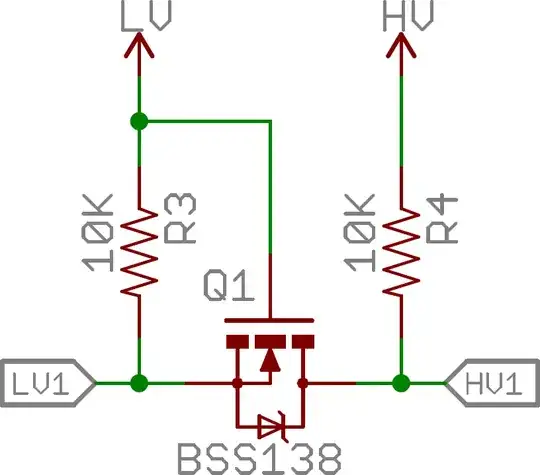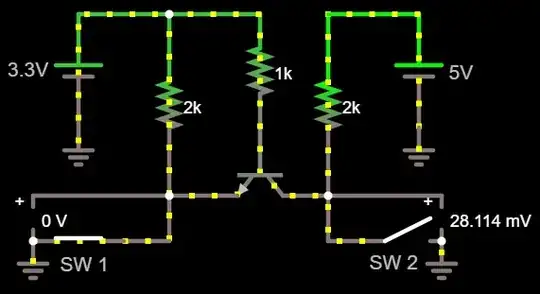I'm replicating this level shifter by Sparkfun but they use a transistor that I don't have. Frankly, I know next to nothing about transistors so reading the specs is way over my head at this point.
I do have a "kit" that I bought that has a bunch of them that might be able to replace the BSS138. Here's the list of the transistors that I have. Can anyone suggest a replacement for the BSS138?
2N4401, 2N3904, PN2222, 8050, PN4393, J113, 2N3055, TIP41C, TIP31A, 2N5458, 2N3904, 2N3906, 2N5088, 2N4401, BC547.
EDIT: Commenters saying that none of these parts will work as they are not the right kind of component. Having said that, could you suggest a through hole part that would satisfy these requirements?

